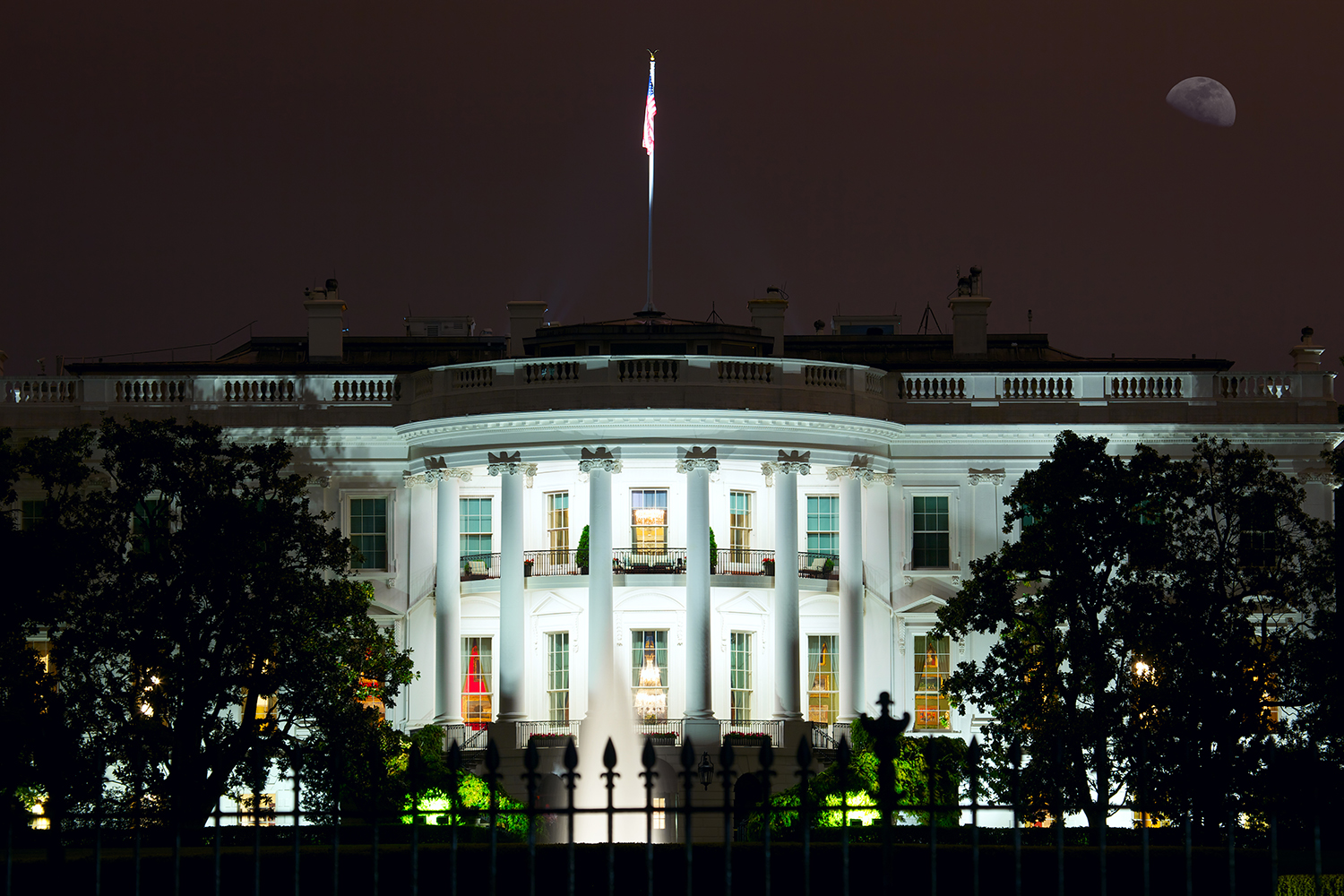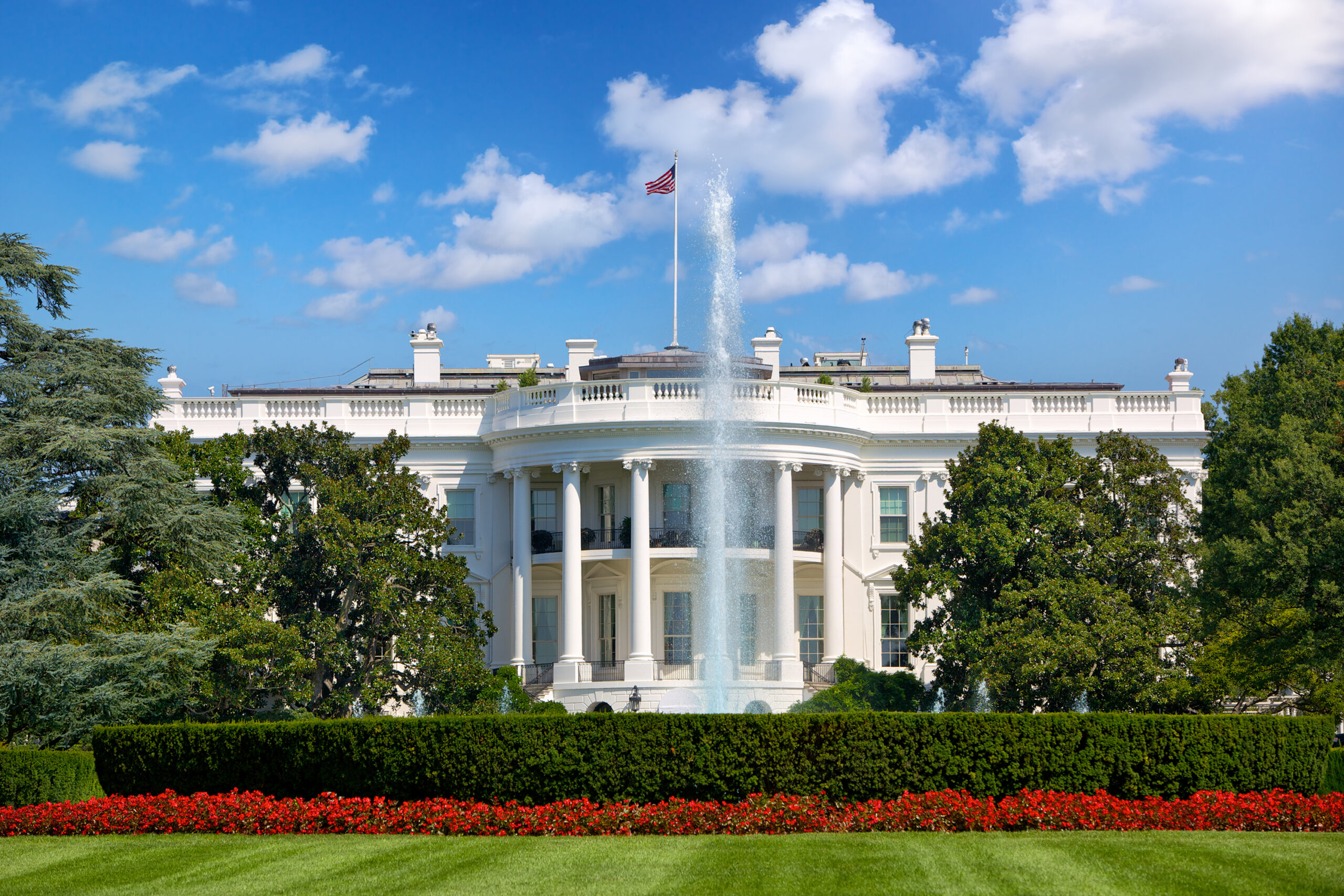| A federal funding freeze was set to take effect on January 28, 2025, suspending billions of dollars in grants and financial assistance. Just minutes before implementation, a federal judge issued a temporary block, delaying the freeze until February 3rd. Now, the nonprofit sector is bracing for a critical court ruling that will determine whether the freeze remains blocked or moves forward. If enacted, the freeze could cripple essential programs, including housing assistance, healthcare initiatives, and public infrastructure. With only days to prepare, nonprofit leaders must take decisive action to safeguard funding and advocate against the suspension. 3 Critical Steps Nonprofits Should Take Before February 3rd 1. Assess Financial Risks & Secure Emergency Funds Identify at-risk grants and contracts. Calculate cash flow needs for the next 60-90 days. Seek emergency funding from private donors, foundations, or credit lines. 2. Mobilize Advocacy & Contact Lawmakers. Urge your representatives to oppose the freeze. Partner with nonprofit advocacy groups fighting funding suspensions. Email your two senators and Congressmember to stress the impact on vital services. 3. Prepare for Administrative & Compliance Challenges Maintain detailed records of all federal funding agreements. Communicate with grant officers for guidance on potential disruptions. Ready your teams for possible reporting delays and altered compliance requirements. What’s Next? The next court hearing is scheduled for Monday, February 3rd, at 11 a.m., where the judge will decide whether to extend the block or allow the freeze to take effect. Meanwhile, federal agencies must submit reports by February 10, 2025, detailing the freeze’s potential impact. Stay Informed & Take Action Monitor case developments and policy updates. Contact legislators to advocate for continued funding. Engage with nonprofit coalitions working to protect critical programs. This is a pivotal moment for the nonprofit sector. Time is short—act now to protect your organization, funding, and the communitie s you serve. The Nonprofit Resource Hub will continue to provide updates as the situation unfolds. |
Trump Administration Pauses Federal Grants: Billions in Funding at Stake
On January 27, 2025, the Office of Management and Budget (OMB), led by Acting Director Matthew J. Vaeth, issued a memorandum (M-25-13) announcing a temporary pause on all federal financial assistance programs. The order, set to take effect on January 28 at 5 p.m. ET, has far-reaching implications for billions of dollars allocated to state and local governments, research projects, and other initiatives. You can read the full memo here.
Why It Matters
Federal grants and loans are critical to funding essential programs across the nation, from housing subsidies to educational initiatives. With the temporary suspension, programs under review may see delays or funding cuts, impacting local governments, nonprofit organizations, and other recipients.
Context Behind the Pause
The Trump administration’s decision aligns with its broader priorities, as outlined in a series of executive orders signed upon the president’s inauguration. These orders target the reevaluation of federal spending on initiatives such as domestic infrastructure, energy, diversity, and foreign aid. According to the memo, the administration aims to redirect funding to advance its agenda, including “unleashing American energy,” combating inflation, and eliminating policies associated with “Marxist equity” and the “green new deal.”
The memo frames these steps as a commitment to better aligning taxpayer dollars with the administration’s priorities, describing certain programs as a “waste of taxpayer dollars that does not improve the day-to-day lives of those we serve.”
Exclusions and Protections
The memo explicitly states that Medicare and Social Security benefits will not be affected by the pause, ensuring critical safety-net programs remain untouched.
Next Steps for Agencies
Federal agencies have until February 10, 2025, to submit detailed information about the programs and projects affected by the suspension. Until further guidance is issued, agencies are instructed to:
- Halt the issuance of new awards.
- Suspend disbursement of funds under open awards.
- Review existing programs for alignment with administration priorities.
Exceptions may be granted on a case-by-case basis, and agencies are tasked with ensuring that all financial assistance aligns with the administration’s priorities.
Implications for Stakeholders
This pause creates uncertainty for thousands of programs dependent on federal funding. Delays in disbursement or cancellations could affect public services, research initiatives, and nonprofit organizations reliant on federal grants. Critics argue that the broad language in the memo—targeting “woke gender ideology” and “green new deal” policies—may result in political rather than pragmatic funding decisions. If your nonprofit is reliant on federal funding, make sure you’re apprised of how the memorandum is evolving, speak with your elected representatives and funding sources, and appeal for the continued federal support of your organization.

Matthew Burke, CPA
Partner
Matt specializes in providing Cerini and Associates’ diverse array of midsized business clientele and nonprofit organizations with valuable consulting and assurance services. He prides himself on value-added, responsive, and innovative service to his clients; with a focus on forward-thinking and creative solutions. Matt joined the firm in 2002 and has years of experience with many types of complex accounting, auditing, compliance, and general business matters that impact entrepreneurial, established, and nonprofit businesses.
Trump’s Executive Orders Rolling Back DEI and Accessibility Efforts, Explained
On January 21, 2025, President Trump issued an executive order titled “Ending Illegal Discrimination and Restoring Merit-Based Opportunity.” This sweeping directive significantly alters the federal government’s approach to diversity, equity, inclusion, and accessibility (DEIA) initiatives by revoking previous executive orders, including some that had been in place for decades. The administration frames the order as a return to civil-rights principles rooted in individual merit and the prohibition of unlawful discrimination. However, it has sparked controversy and left many organizations questioning how to navigate this new legal landscape.
Key Components of the Executive Order
1. Revocation of Prior Executive Orders:
- The executive order explicitly revokes several prior directives, including:
- Executive Order 12898 (Environmental Justice in Minority Populations and Low-Income Populations)
- Executive Order 13583 (Promoting Diversity and Inclusion in the Federal Workforce)
- Executive Order 13672 (Amendments to Equal Employment Opportunity in the Federal Government)
- Executive Order 11246 (Equal Employment Opportunity, issued in 1965)
By dismantling these policies, the administration claims to eliminate race- and sex-based preferences, which it argues undermine traditional values of hard work and individual achievement.
2. Streamlining Federal Contracting:
- Federal contractors and subcontractors are no longer required to promote diversity or take affirmative action to balance their workforce.
- Agencies are directed to revise all acquisition, contracting, grants, and financial assistance procedures to remove references to DEI or DEIA principles.
3. Private Sector Compliance:
- The executive order encourages federal agencies to investigate private-sector practices deemed discriminatory under civil-rights laws. This includes scrutinizing large organizations and nonprofits, potentially setting the stage for increased litigation or enforcement actions.
4. Impact on Education:
- Federal funding recipients in education are directed to comply with measures outlined in Students for Fair Admissions, Inc. v. Harvard, which restricts race-conscious admissions practices.
What Should Private Sector Employers (Including Nonprofits) Do Now?
The executive order raises significant questions regarding private sector use of DEI preferences and even calls into question the ability of a company to sustain or encourage an internal culture that celebrates or seeks out diversity. Because the executive order does not define “illegal discrimination or preferences,” it can be difficult to determine whether a specific practice is likely to be the target of negative government attention.
Notably, nothing in the executive order suggests that employers may not take action to seek out a diverse candidate pool, so long as ultimate hiring decisions are based on qualifications alone and do not involve illegal preferences. Therefore, to lower the risk of enforcement action by the federal government, private sector employers (including nonprofit organizations) may choose to recruit across a broader spectrum and prioritize seeking out a wide range of diverse characteristics, rather than just focusing on protected characteristics like race or sex.
At a minimum, employers who fall into one or more of the five categories to be scrutinized for potential civil compliance investigations may wish to assess their risk-tolerance and consider whether suspending affirmative action plans or DEI initiatives is in line with their company’s priorities. But, even for employers who are not the target of civil compliance investigations, these executive orders may embolden employees and applicants who feel they have been mistreated as a result of diversity initiatives to bring private claims of discrimination against their employers.
What Should Government Contractors Do Now?
Significantly, the DEI EO’s revocation of Executive Order 11246, first issued in 1965 (one year after President Johnson signed the Civil Rights Act of 1964) (EO 11246) reflects a sea change in the affirmative action obligations of government contractors. Under EO 11246, federal contractors were required to analyze workforce data and engage in good faith efforts to provide equal employment opportunities for women and minorities, but they were not required to apply quotas or preferences for those groups. President Trump’s revocation of this longstanding requirement potentially eliminates entirely the requirements that government contractors develop and certify annually their affirmative action plans.
The DEI EO permits federal contractors to operate under current rules for 90 days while they await further guidance from the government on new requirements. We anticipate that private plaintiffs will be exploring their options in terms of legal remedies in response to the revocation.
Potential Implications for Nonprofits Beyond Employment Matters
DEI principles are integral, and in some cases central, to the mission of many nonprofits. The DEI EO is drafted broadly and could encompass programmatic activities in addition to employment-related or contractual matters. As a result, while some organizations may be more risk averse and may elect to change or terminate certain programs, other organizations may decide to stay the course and continue to pursue programs that could draw the attention of the Administration, Attorney General, or relevant agencies. The decision will depend in part on the organization’s specific priorities and level of risk aversion. If an organization ultimately seeks to terminate programs or make fundamental changes to their mission, there may be other legal impediments that could arise under the federal tax law and state nonprofit laws, particularly those that apply to charitable organizations.
For further details, see the full executive order here: Ending Illegal Discrimination and Restoring Merit-Based Opportunity.

Kenneth R. Cerini, CPA, CFP, FABFA
Managing Partner
Ken is the Managing Partner of Cerini & Associates, LLP and is the executive responsible for the administration of our not-for-profit and educational provider practice groups. In addition to his extensive audit experience, Ken has been directly involved in providing consulting services for nonprofits and educational facilities of all sizes throughout New York State in such areas as cost reporting, financial analysis, Medicaid compliance, government audit representation, rate maximization, board training, budgeting and forecasting, and more.



